Bonfire Night Tips for Dogs: How to Keep Your Dog Calm & Safe
 Bonfire Night brings sparkles, gatherings, and community celebration — but for many dogs, it’s one of the most stressful nights of the year. Sudden loud bangs, flashing lights, and unfamiliar smells can trigger anxiety, panic, and even attempts to escape.
Bonfire Night brings sparkles, gatherings, and community celebration — but for many dogs, it’s one of the most stressful nights of the year. Sudden loud bangs, flashing lights, and unfamiliar smells can trigger anxiety, panic, and even attempts to escape.
Below, we’ll guide you through practical ways to help your dog feel supported, safe, and calm — both on the night and in the days leading up to it.
Jump to:
- Why Dogs Fear Fireworks
- How to Prepare Before Bonfire Night
- How to Support Your Dog During Fireworks
- Long-Term Desensitisation & Training
- Important Safety Tips
- FAQs
Why Dogs Fear Fireworks
Dogs experience the world through sound and smell first. Fireworks are unpredictable, loud, and unlike any everyday noise — making them naturally alarming.
Research from the University of Bern suggests around 1 in 2 dogs show fear responses to fireworks. It’s not “bad behaviour” — it’s biology.
Signs of stress may include:
- Pacing or panting
- Whining, barking, or trembling
- Hiding or clinging to you
- Trying to escape or dig
- Loss of appetite
How to Prepare Before Bonfire Night
 Create a Safe Retreat
Create a Safe Retreat
Pick a quiet room and turn it into a cosy den using soft bedding, blankets, and familiar toys. A covered crate or corner nook helps many dogs feel secure.
Play Calming Sounds
Firework-desensitisation playlists and rain or brown-noise sounds can help soften bangs from outside.
Close Curtains Early
This blocks flashes and muffles sound slightly.
Make Sure They’re Exercised
Give your dog a long walk before dusk. Tired minds cope better.
Check Their ID & Collar
Sadly, escape attempts are common during fireworks. Ensure tags are up-to-date and secure.
Tip: An AirTag Dog Collar can add extra peace of mind if your dog is prone to panic outdoors.
How to Support Your Dog During Fireworks
 Stay with Them
Stay with Them
Your presence matters. Calm energy, gentle reassurance — and no fussing over fear — helps ground your dog.
Use Background Noise
TV, music, or a fan running can soften the impact of bangs.
Offer Distraction
Food puzzles, chews, or lick mats help shift focus and release calming endorphins.
Don’t Force Comfort
If your dog hides, let them. Follow their lead — comfort without overwhelming.
Consider Calming Aids
Options include calming vests, pheromone diffusers, or vet-recommended supplements. If your dog has severe anxiety, speak to a vet ahead of time.
Long-Term Desensitisation & Training
 Panic around fireworks isn’t solved in one night — but gentle exposure therapy over time helps.
Panic around fireworks isn’t solved in one night — but gentle exposure therapy over time helps.
Try playing low-volume firework sounds during calm daily routines, gradually increasing volume over weeks while rewarding relaxed behaviour.
Short, positive sessions build confidence and change emotional responses.
Important Safety Tips
- Walk your dog before dark
- Never take dogs to firework displays
- Keep windows and garden gates locked
- Store treats and water nearby
- Avoid scolding anxious behaviour
- Monitor stress levels if multiple firework nights occur
Remember: the goal isn’t to “toughen them up” — it’s to help them feel safe and supported.
FAQs
How long before Bonfire Night should I prepare?
Ideally 1–2 weeks before, but even small steps the day before help.
Should I give my dog medication?
Only if recommended by a vet for severe cases.
Can I take my dog to fireworks if they seem curious?
Even calm dogs can panic suddenly — always watch from home.
Does cuddling reinforce fear?
No — comforting your dog won’t “reward fear.” It builds trust.
What if the fireworks go on for several nights?
Maintain routines, increase calm enrichment, and reinforce safe spaces.


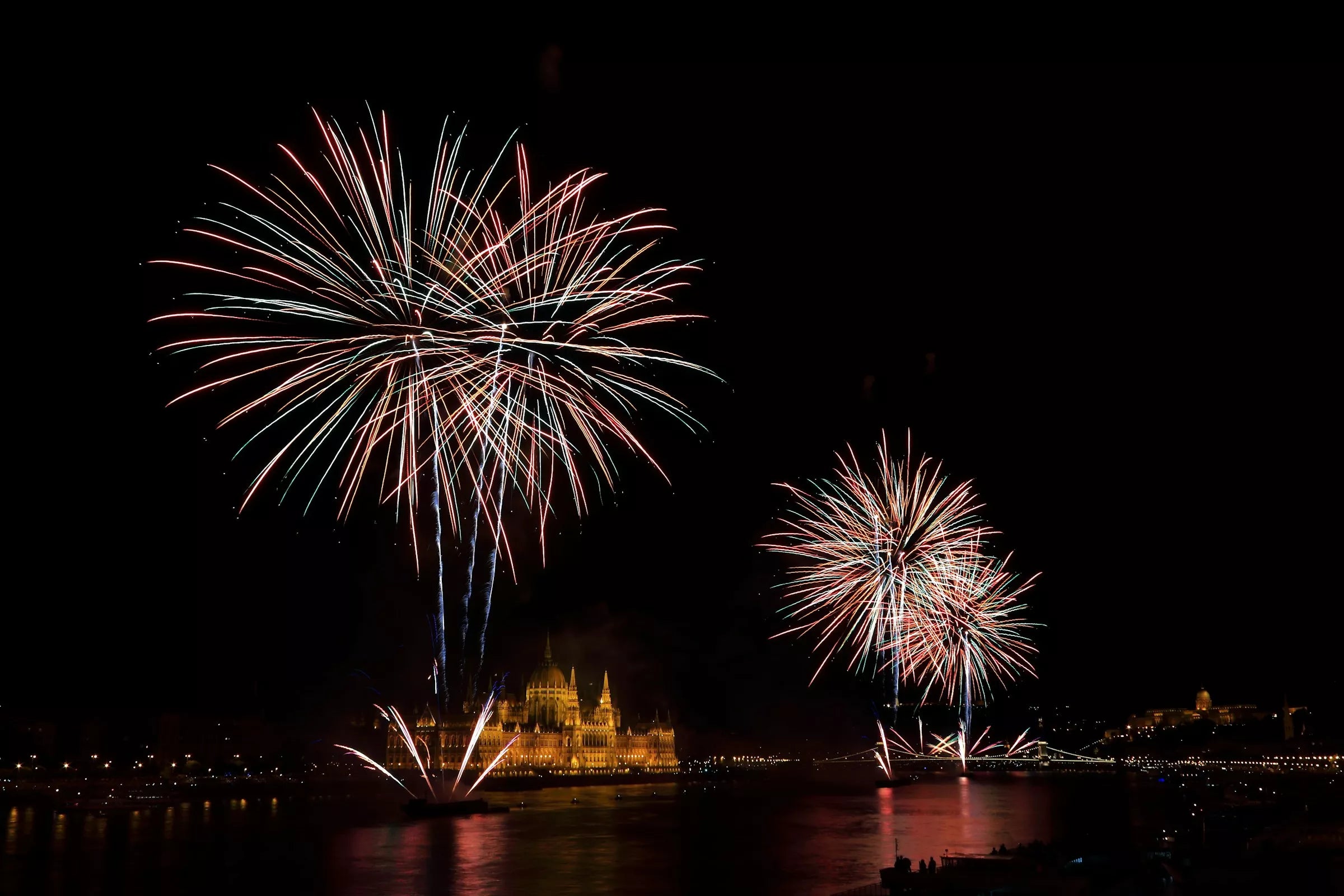
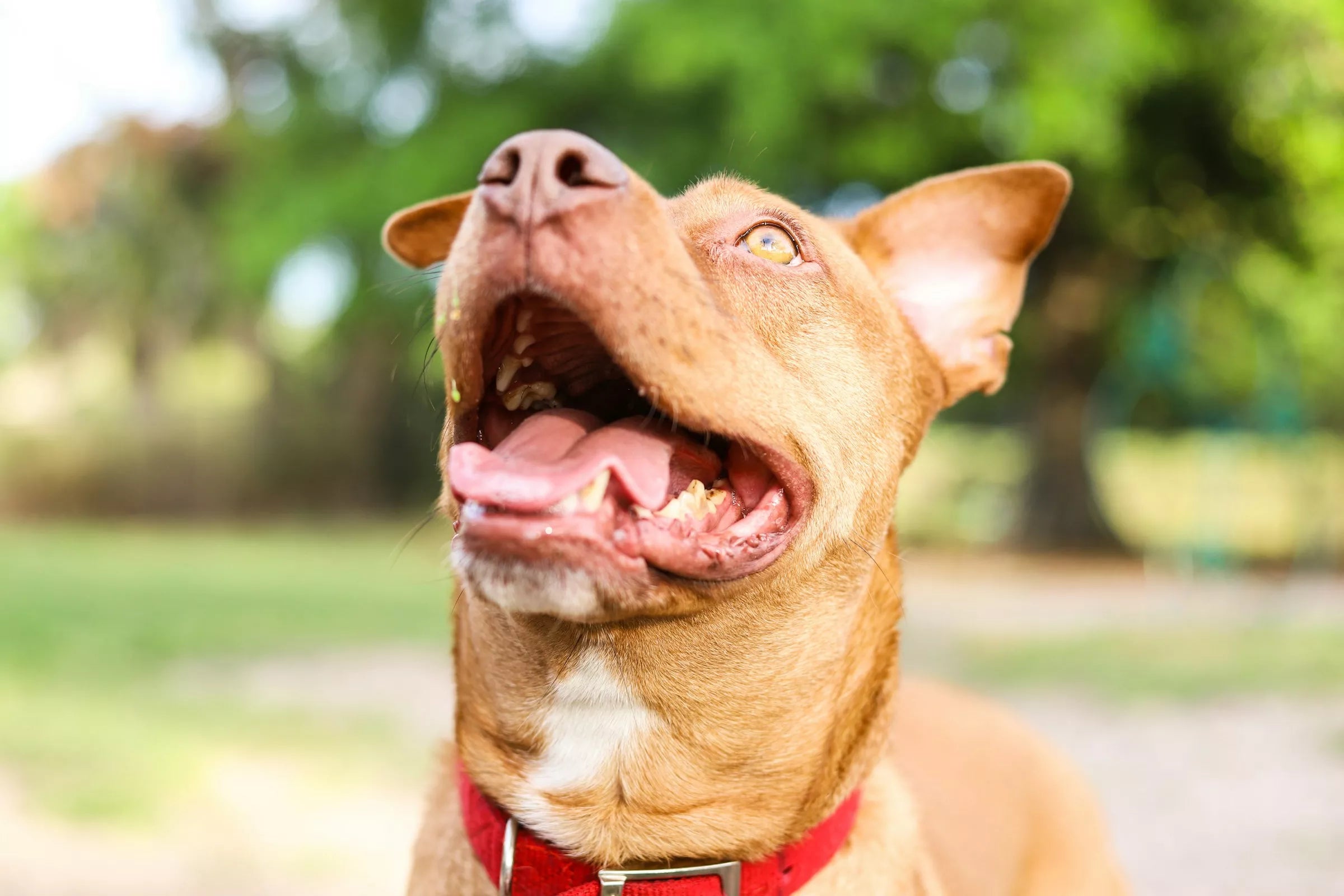
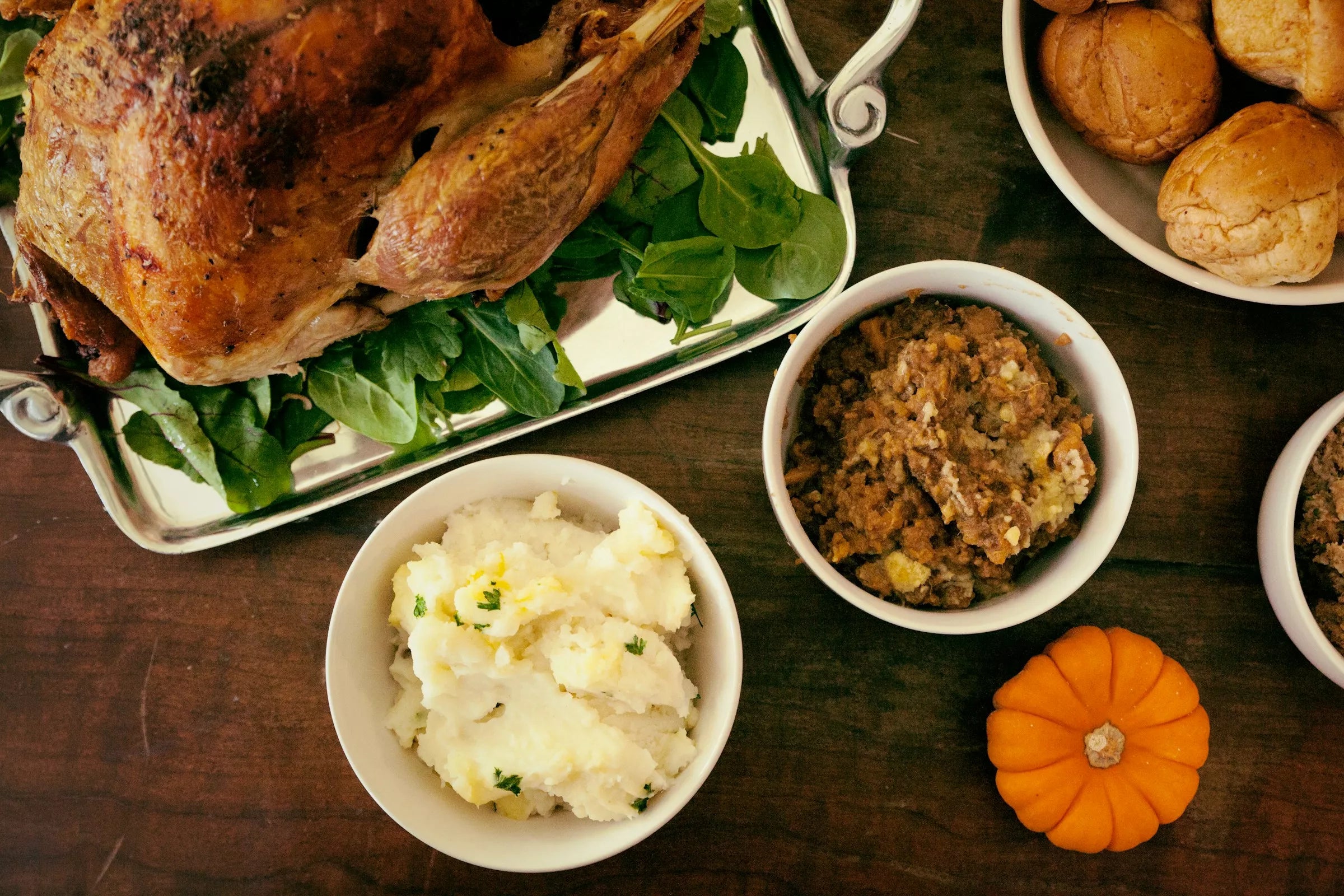
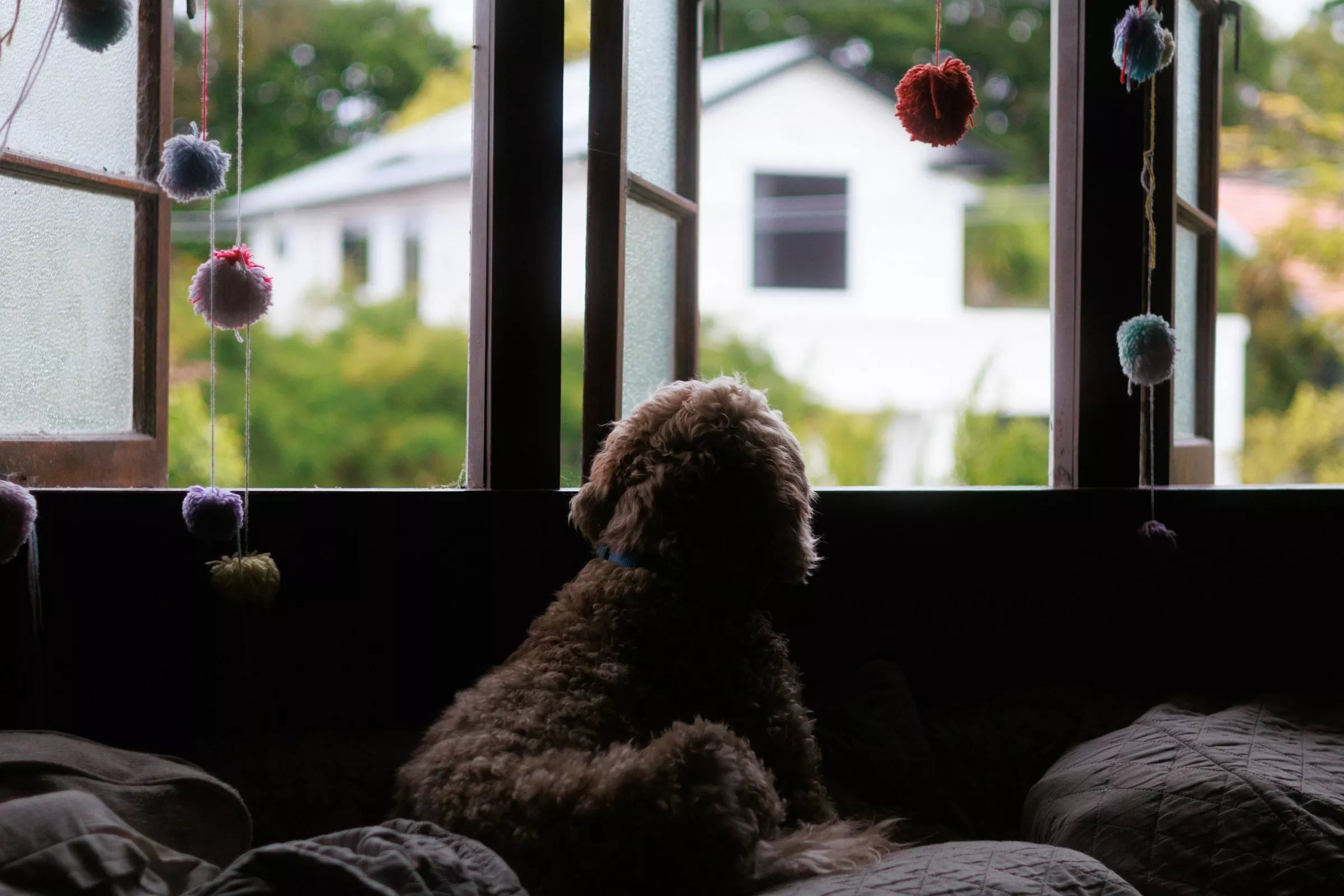
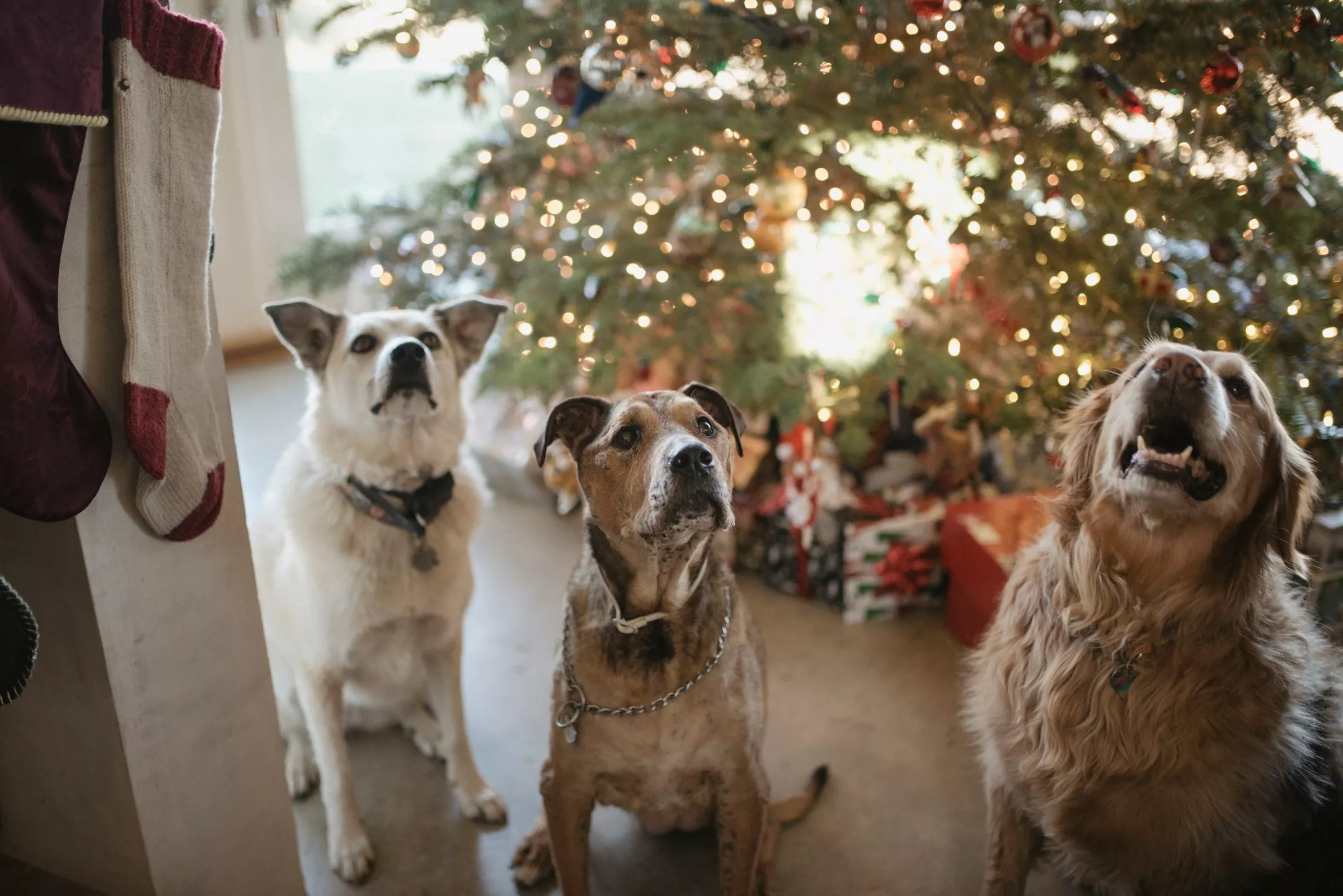

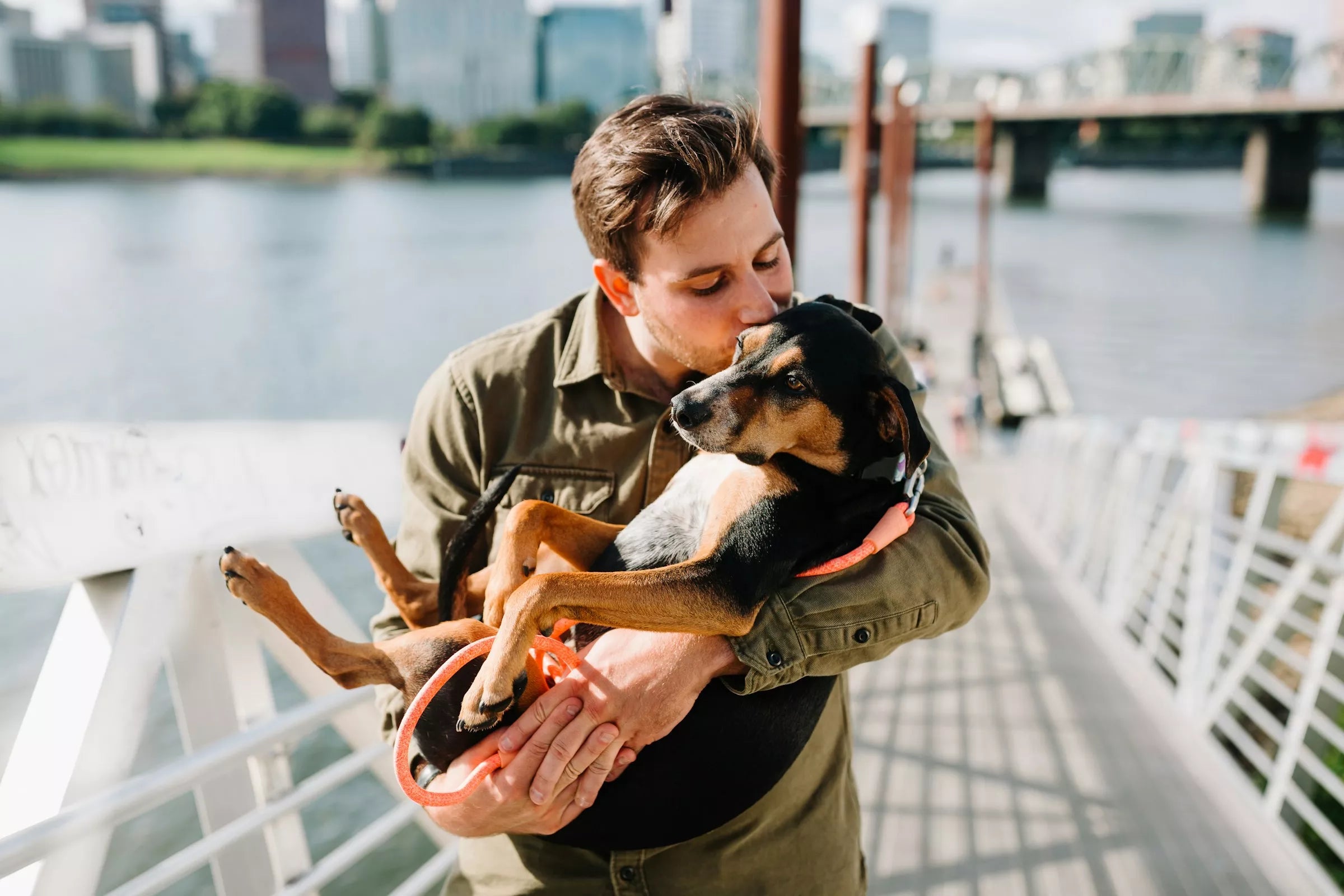






Share:
Can Dogs Get Colds or the Flu?
Tips for Starting a Pet Care Business